Stainless steel is widely utilized in various industrial applications due to its corrosion resistance and durability. One of the key contributing factors to these desirable properties is passivation, a chemical process that involves the removal of excess iron from the surface of the material using acids. This process forms a protective oxide passivation layer on the steel, preventing rust formation. Passivation is an essential step that all types of stainless steel parts must undergo to ensure their optimal performance.
What is passivation of stainless steel and is it important? How does the process work? What passivation equipment do I need? Read on as we answer these questions in detail and provide you with other important information about passivation of stainless steel.
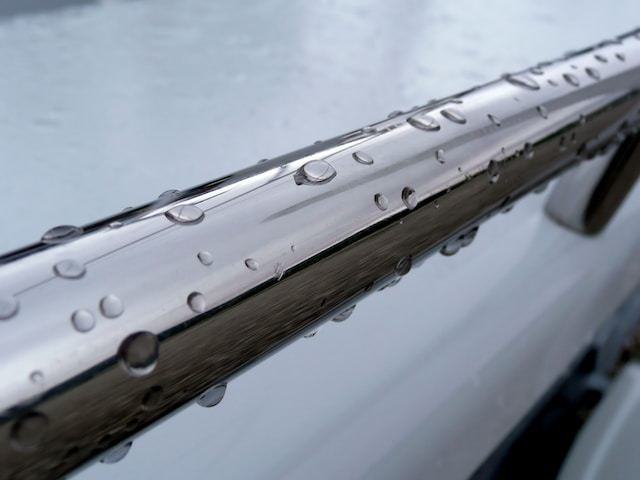
Machine shops and manufacturers often inquire about the concept and process of passivation, especially when working with materials like stainless steel, titanium, and tantalum. Passivation is a popular metal finishing technique employed to safeguard against corrosion.
In the case of stainless steel, the passivation process involves the application of nitric acid or citric acid to eliminate any free iron present on the surface. This chemical treatment results in the formation of a protective oxide layer, commonly referred to as a passivation film. This film significantly reduces the likelihood of chemical reactions with the surrounding air, thereby minimizing the risk of corrosion. As a result, stainless steel that has undergone passivation exhibits enhanced resistance against rust.
Iron has been a part of human existence for centuries, but its natural form is prone to corrosion. Stainless steel provides better corrosion resistance but still needs passivation to further enhance its durability. The concept of steel passivation arose in the 1800s when chemists discovered that treating stainless steel with nitric acid improved its corrosion protection. However, nitric acid has drawbacks due to toxicity and environmental concerns. In the 1900s, citric acid emerged as a non-toxic alternative for steel passivation. Nowadays, industry standards involve the use of both nitric and citric acid baths for safe and effective steel passivation.
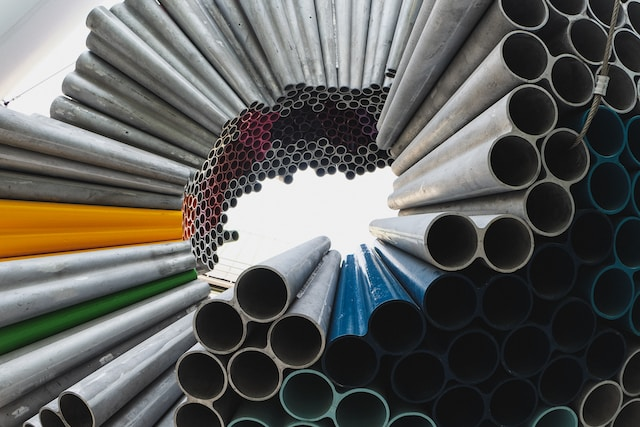
As mentioned above, passivation is a process used to enhance the corrosion resistance of metals by forming a protective oxide layer on their surfaces. There are several types of passivation methods commonly employed for different purposes. The main passivation types are as follows:
1.Nitric Acid Passivation
This method involves using nitric acid as the primary chemical agent for passivation. Nitric acid effectively removes free iron from the surface of stainless steel, creating a protective oxide layer.
2. Nitric Acid Passivation with Sodium Dichromate
In this type of passivation, sodium dichromate is added to the nitric acid solution. The inclusion of sodium dichromate enhances the passivation process, further improving the corrosion resistance of the stainless steel.
3. Citric Acid Passivation
Citric acid is utilized as an alternative to nitric acid for passivation. This method is preferred by some industries due to its environmentally-friendly nature. Citric acid effectively removes free iron and creates a passivation film on the stainless steel surface.
Stainless steel alloys consist of varying ratios of iron, nickel, and chromium, which determine the steel's grade. When there is a need for the steel to withstand extreme temperatures or high levels of corrosive agents, molybdenum is added to enhance its protective properties alongside chromium.
To prevent rust formation, stainless steel components undergo the same acid bath treatment mentioned earlier. This treatment creates a passive surface that inhibits the reaction between iron and oxygen.
Even after the machining process, there may be residual free iron on stainless steel components, posing a risk of contamination to the workpiece. Passivation effectively removes these contaminants and forms the necessary passive layer that gives stainless steel its versatility. By following proper passivation practices, businesses can ensure their products perform efficiently across a wide range of applications.
Passivation is a process conducted after various machining operations, such as welding, grinding, cutting, and other manipulations of stainless steel. Despite stainless steels innate resistance to corrosion, passivation is still deemed necessary under optimal circumstances.
In practical, real-world scenarios, certain factors can hinder the formation of the protective oxide film that prevents corrosion. These factors include foreign materials present in the manufacturing environment (such as shop dirt and grinding swarf), sulfides added to enhance machinability, and iron particles from cutting tools that become embedded on the surface of stainless steel parts. To ensure a uniformly corrosion-resistant surface, it becomes necessary to thoroughly remove these contaminants down to the surface grain boundaries. This is where the passivation process plays a crucial role in addressing and rectifying these issues.
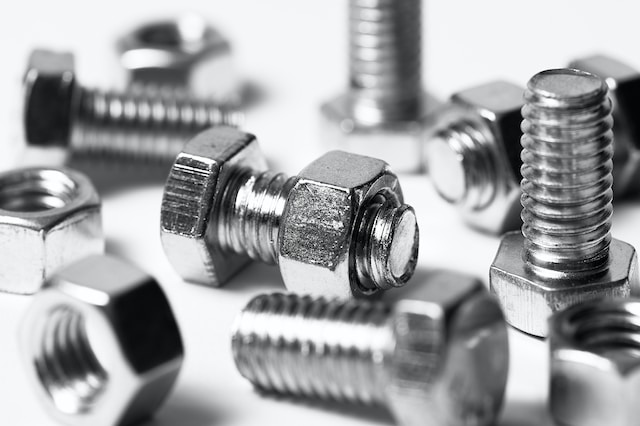
In essence, the process of steel passivation can be summarized as a three-step procedure. Firstly, it involves the removal of any contaminants present on the surface. Subsequently, the creation of a protective layer is facilitated using various chemicals. Lastly, the results of the passivation process are evaluated through testing. Here is a concise outline of the entire procedure.
Step 1. Cleaning Stainless-steel Parts by Using Alkaline Solutions
To commence the cleaning process of stainless-steel parts, the initial step is to verify the absence of any surface contaminants. To accomplish this, an alkaline degreaser or surface cleaner is recommended as it possesses gentle properties that efficiently eliminate foreign substances such as oil particles, chemicals, and other debris.
Step 2. Using Citric Acid and Nitric Acid Baths for Passivation
The subsequent stage involves the complete removal of iron residue from the surface using an acid bath in passivation equipment. There are two options available for stainless-steel passivation: citric acid and nitric acid, which can be combined with sodium dichromate.
Citric acid passivation is a cost-effective and environmentally safe method that initiates the passivation process. It does not release any harmful gases and poses no risks to both operators and the environment. However, citric acid has been less widely adopted due to its tendency to promote the growth of organic compounds, such as mold. Technological advancements have mitigated this issue to some extent, but it still remains a concern.
On the other hand, nitric acid passivation is a commonly used alternative with a long-standing industry reputation. It provides a more thorough molecular distribution and enhances durability. However, this comes at the expense of longer processing times. It is important to note that nitric acid is classified as hazardous and emits toxic fumes that harm the environment.
To address the issue of extended processing times, one option is to combine nitric acid with sodium dichromate. However, this approach amplifies toxicity concerns and may introduce additional challenges.
Regardless of the chosen method, immersion in the passivating solution will establish a protective layer on the stainless-steel surface, safeguarding it from contamination and corrosion for an extended period of time.
Step 3. Testing of Passivating Stainless Steel
After completing the passivation process, the final step entails conducting appropriate tests to verify the effectiveness of the process. Various industry standards exist for this purpose, and selecting the appropriate standard depends on factors such as the specific application, location, and target industry. These tests play a crucial role in ensuring that the passivation was performed correctly and meets the required criteria.
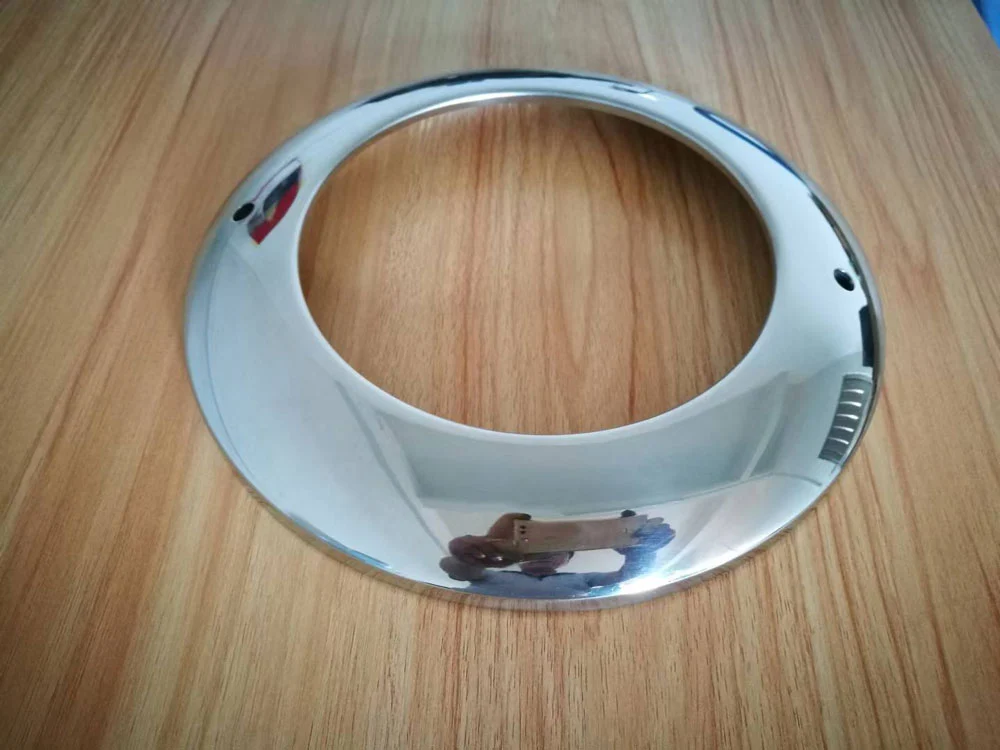
In understanding what passivation entails, it's important to clarify what it is not.
Not an Electrolytic Treatment
Unlike methods such as electropolishing or anodizing, passivation does not rely on electrochemical reactions. It is a chemical treatment that forms a protective layer on the surface of stainless steel.
Not a Scale Removal Technique
It is not intended for removing oxide scale from machined parts after heat treating or welding processes. Passivation focuses on restoring the corrosion resistance of stainless steel, rather than removing existing scale.
No Change to the Appearance of Stainless Steel
It does not change the color or surface appearance of the metal. Passivation is not required for items that will be painted or powder coated, as its primary purpose is to enhance the corrosion resistance of the material.
To ensure the correct passivation of stainless steel, various test options are available depending on the passivation standard to be followed, such as the ASTM A967 standard. The following tests are outlined in the standard:
1. Water Immersion Test
The water immersion test involves immersing the stainless steel in distilled water for a minimum duration of 24 hours. This test serves as a way to evaluate the resistance of the stainless steel to corrosion under immersion conditions.
2. High Humidity Test
In this test, the stainless steel is placed in a humidity cabinet for a minimum duration of 24 hours. The purpose of this test is to assess the resistance of the stainless steel to corrosion under high humidity conditions.
3. Salt Spray Test
This test involves exposing the stainless steel to a salt-spray testing chamber for a minimum duration of 2 hours. It is designed to assess the corrosion resistance of the stainless steel when subjected to salt-laden environments.
4. Copper Sulfate Test
The copper sulfate test, a quick and convenient option, requires only 6 minutes. However, it is important to note that this test is not suitable for steel grades with less than 16% chromium or for parts that will be used in food processing applications.
5. Potassium Ferricyanide-Nitric Acid Test
The Potassium Ferricyanide-Nitric Acid Test, also known as the Ferroxyl Test, is another highly accurate test mentioned in the standard. This test requires the daily preparation of a special test solution and meticulous handling of chemicals. However, it should be noted that this test may not be suitable for certain grades of steel or parts intended for use in food processing.
6. Free Iron Test
The free iron test provides an alternative. This test is particularly well-suited for assessing the passivation of large components and can be used in place of the Water Immersion Test or High Humidity Test.
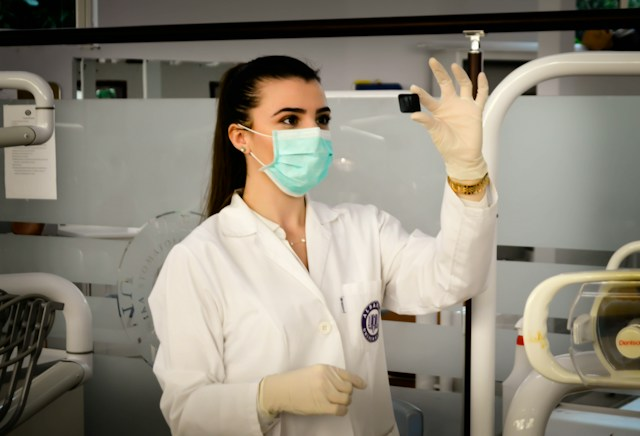
Stainless steel, like any alloy, is available in different grades with varying mechanical properties and applications. The grades of passivated stainless steel can be categorized into three main groups based on their alloying elements and overall composition.
Austenitic Grade
This grade is the most commonly used in various applications. It typically contains chromium in the range of 16% to 30% and some nickel. The high chromium content provides significant corrosion protection over an extended period. Austenitic stainless steel is non-magnetic and does not undergo heat treatment, limiting its mechanical strength.
Ferritic Grade
Ferritic stainless steel alloys also have high chromium content, ranging from 10% to 30%. They also contain a significant amount of carbon, with an upper limit of 20%. Like austenitic grade, ferritic steel is not suitable for heat treatment, and methods, such as cold rolling, commonly used with austenitic grade, are not applicable.
Martensitic Grade
Martensitic stainless steel is a versatile grade that is magnetic and can be heat treated. It is suitable for various tempering and aging processes. However, its corrosion resistance is somewhat compromised compared to other grades due to its chromium content, which typically ranges from 12% to 17%.
When it comes to manufacturing services, outsourcing is often the preferred choice for small and medium businesses. It provides access to advanced technology and experienced teams with a proven track record of solving similar challenges on a global scale. One such trusted option for manufacturing services, including part production and the passivation of stainless steel, is Richconn! With a strong commitment to quality and adherence to stringent standards, Richconn ensures consistent and exceptional results.
At Richconn, we understand the importance of using the right materials and implementing optimized processes. We have developed a comprehensive system for stainless steel and other metal parts, covering everything from passivation to various surface finishing techniques that enhance durability and performance. Our skilled team possesses extensive experience and expertise to handle all your requirements, delivering efficient and timely results.
Not only do we specialize in stainless steel passivation, but we also work with other essential industrial metals like aluminum and copper. Should you have any questions or wish to learn more about our passivation processes and their benefits for your next project, please do not hesitate to contact us.
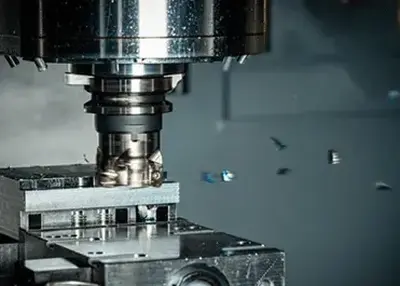 What is face milling?November 22, 2023Face milling is a metalworking process that is widely used in manufacturing and machining. It is a process in which the surface of a workpiece is cut by a milling cutter on a milling machine to obtain the desired shape, size and surface quality. Face milling can be used to process a variety of metallic and non-metallic materials, including steel, aluminum, copper, plastics and so on.view
What is face milling?November 22, 2023Face milling is a metalworking process that is widely used in manufacturing and machining. It is a process in which the surface of a workpiece is cut by a milling cutter on a milling machine to obtain the desired shape, size and surface quality. Face milling can be used to process a variety of metallic and non-metallic materials, including steel, aluminum, copper, plastics and so on.view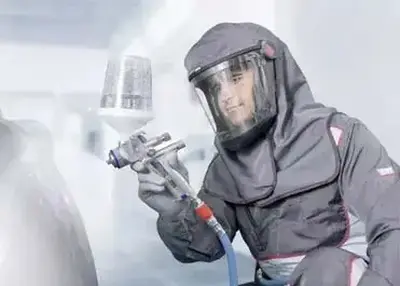 Powder Coating 101: What Is Powder Coating?August 14, 2023When seeking effective and durable finishing solutions for metal components, one term often comes up: "powder coating". The world of powder coating is full of mysteries. Whether you're c...view
Powder Coating 101: What Is Powder Coating?August 14, 2023When seeking effective and durable finishing solutions for metal components, one term often comes up: "powder coating". The world of powder coating is full of mysteries. Whether you're c...view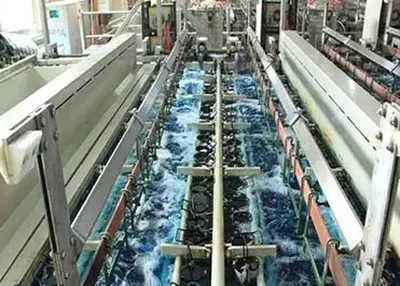 CNC Axis TypesSeptember 28, 2022IntroductionCNC stands for “computer numerical control” and is a type of machine tool that uses encoded commands to operate various milling and cutting operations. The use of CNC machines has increa...view
CNC Axis TypesSeptember 28, 2022IntroductionCNC stands for “computer numerical control” and is a type of machine tool that uses encoded commands to operate various milling and cutting operations. The use of CNC machines has increa...view Building Resilient Supply Chains: Five Ways to Increase ResilienceOctober 10, 2023As supply chains become more complex and the number of unforeseen disruptions increases, risk management strategies become critical for companies. Companies must be able to identify potential risks and vulnerabilities in their supply chains early and mitigate them before they become significant issues.view
Building Resilient Supply Chains: Five Ways to Increase ResilienceOctober 10, 2023As supply chains become more complex and the number of unforeseen disruptions increases, risk management strategies become critical for companies. Companies must be able to identify potential risks and vulnerabilities in their supply chains early and mitigate them before they become significant issues.view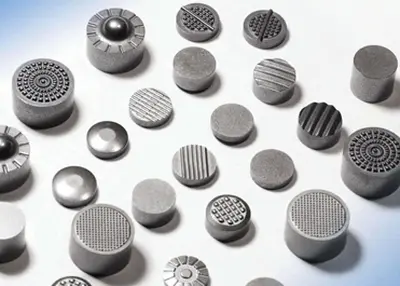 Anodized Aluminum: How Much Do You Know?April 4, 2023Anodized aluminum refers to a layer of dense aluminum oxide plated on the surface of aluminum and aluminum alloy in order to prevent further oxidation, with chemical properties that are the same as th...view
Anodized Aluminum: How Much Do You Know?April 4, 2023Anodized aluminum refers to a layer of dense aluminum oxide plated on the surface of aluminum and aluminum alloy in order to prevent further oxidation, with chemical properties that are the same as th...view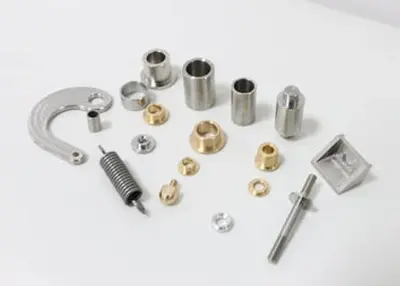 Fasteners 101: Common Types of Automotive FastenersAugust 24, 2023Automotive fasteners are an essential component in the construction and maintenance of vehicles. As a result, automotive part manufacturing relies on high-tolerance designs that include connecting mec...view
Fasteners 101: Common Types of Automotive FastenersAugust 24, 2023Automotive fasteners are an essential component in the construction and maintenance of vehicles. As a result, automotive part manufacturing relies on high-tolerance designs that include connecting mec...view